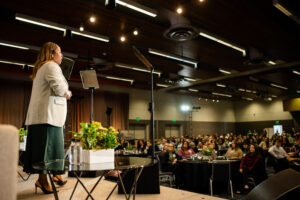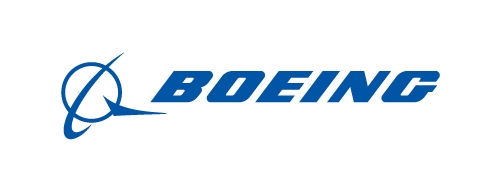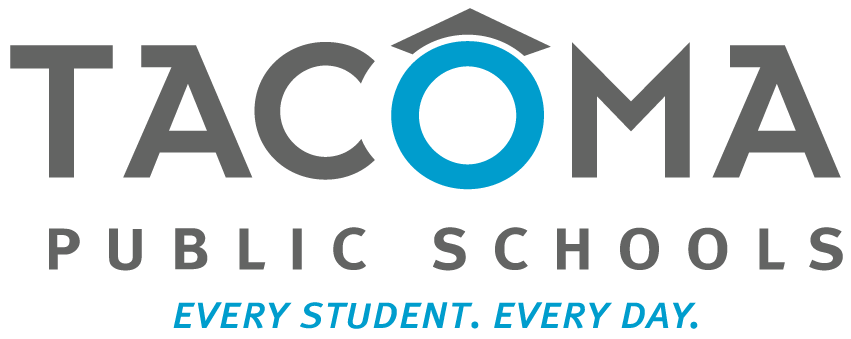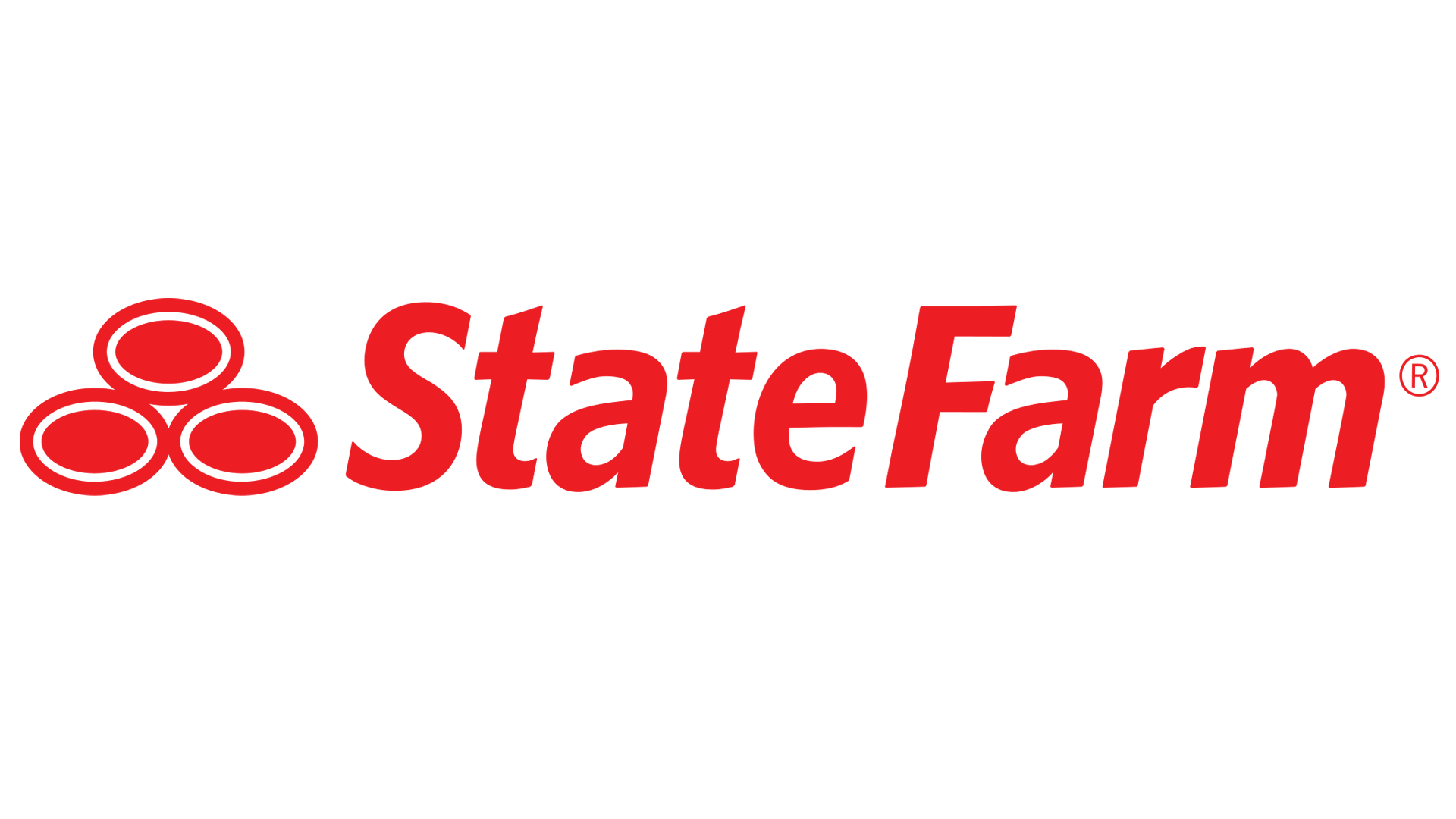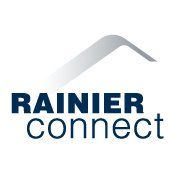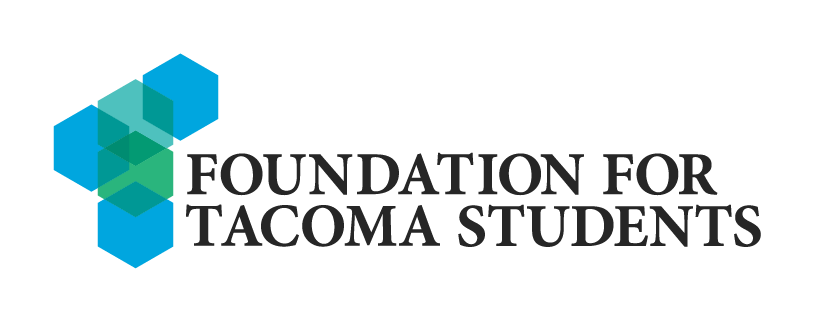Our Collaborative Action Networks are the heart and soul of the Graduate Tacoma movement. Over 120 partners come together each month to discuss strategies to support Tacoma students, including directing resources like food, technology, books, mentorship, financial aid, professional development, and more. The ability for our incredible partners to continue to support students in this way given the unprecedented challenges presented by the pandemic and our ongoing and elevated racial unrest speaks to the power of collective action and the Graduate Tacoma community.
In order to address these challenges and look forward together, the Foundation for Tacoma Students hosted an All-CAN (Collaborative Action Network) Convening on December 2, 2020. Close to 100 partners and friends of the Graduate Tacoma movement came together to discuss what the future of our work could and should look like together. Major themes and topics included refocusing on a 2030 goal related to postsecondary pathways and entry into the workforce, racially just practices, data sharing and accountability, cross-sector alignment, and how to maintain the progress we’ve made thus far, from cradle to career.
Graduate Tacoma partners also heard from a panel of community leaders, representing multiple community-wide systems, regarding what alignment and accountability looks like for them and their institutions in service to the Graduate Tacoma movement overall.
Watch a recap of the 2020 All-CAN Convening, as well as some highlights of the notes collected by moderators during each break-out session below:
- Advocating for Racially Just Practices
- Cross-Sector Alignment
- Data Sharing & Accountability
- Targeted Resourcing
- Maintaining Cradle to Career Progress
What does success look like?
- The opportunity gap between BIPOC students and white students is eliminated. That we truly see racial equity realized
- Moving to action feels like the next big step. Trainings, learnings, personal growth, we need to build off of that and move to action with urgency
- Creating policies and abiding by policies that are aimed at dismantling racial inequities and barriers
- It’s important for growth and awareness to happen among staff, leaders, and professionals, AND also among students. Adults should address these topics with youth
- People and organizations go through stages when it comes to learning about racial inequity and structural racism. Success has to include people with privileged identities interrogating themselves and their peers. Holding people with power and privilege accountable has to be part of success
What are examples of good approaches that could be adopted and/or adapted?
- When you have a diverse organization/institution or business, you will create a virtuous cycle where you are better able to reach more diverse populations, and folks of all background feel comfortable at your organization and in your programs
- Anti-racism training and learning is relevant for BIPOC folks too. There are issues of internalized racism that can be unpacked and undone. Naming and calling out white supremacy norms are critical, and it can happen that BIPOC folks uphold these norms in their organizations
There is trauma that comes from existing in and working in a racist institution. What does it mean to create systems that support BIPOC people to undo the racism that exists within institutions and organizations? How can we do things to take care of BIPOC communities in a white system?
-
- Important to create spaces for white people to do their own work. Also, critical to create BIPOC spaces so that they can support one another and work through the obstacles they experience. It’s a “both and.”
- Important for white people to not look BIPOC people to do the heavy lifting
- Financial resources must be put behind the work. Your budget is a reflection of what you value. (training, consultants, evaluation, etc.). Must demand that leadership and funders direct funds to this work. Feels like there’s a lot of lip service from funders and leaders, but the actually financial investment is trailing
- Critical that resources (money) are directed to BIPOC-led and embedded organizations
- If you’re not uncomfortable you’re not doing the work (relevant for white people particularly)
How are your organizations approaching Cross-Sector Alignment?
- Trying to figure out how to work with employers from the beginning to ensure the system works, and asking: How do we create interactive systems with employers and include employer’s input on curriculum design?
- We want to create an employer advisor council. There are lots of requests to employers and we can be instrumental in the role of getting info from employers
Are there specific examples of how you/your organization is engaging in this work?
- Boys and Girls Club partnered with UWT (Husky Futures) to host a panel of first-generation college students and career professionals highlighting the pathway for students and challenges on the road to success, as well as support networks that are available on campus.
- A. Phillip Randolph Institute working with Boys and Girls Club for professionals to come in and talk about different certified career options and what success looks like.
- Degrees of Change has SEED internships, which are paid summer internships for students attending local college or are Tacoma Public School graduates. Next iteration of the program will prepare first-generation students for interviews and expectations and work with employers to understand what welcoming environment is like for employees.
- Tacoma Housing Authority has partnerships with Tacoma Community College and UWT to support students who face housing issues preventing them from staying enrolled. An apartment building was constructed to support enrolled students access to housing at reduced rent for affected students.
What does success look like?
- Partners understand how data is collected and trust that those systems are accurate.
- Especially important when collecting data from partners without strong data infrastructure – providing support and coaching to ensure the data is reliable
- Proper sharing that protects students and organizations, making sure agreements are in
- Making sure appropriate access for the right users (not too much, not too little)
- Ease of access to data – having the data in a place that’s easy to access for organizations that they can use for their purposes
- Important to be reflective and shared culture without feeling shame. Safe data culture is important
What has worked well? What hasn’t? What haven’t we tried yet?
- We’ve done events where students participate, but we don’t follow-up; need to do more cohort work of students; it would help to focus on more specific and individualistic plans than a one size fits all
- Need for flexibility on relevant data in this pandemic context. Landscape scans are important
When you think of targeted resourcing, what comes to your mind with entry into post-secondary and completion?
- Targeted universalism is another way of talking about targeted resourcing.
- Another way of operationalizing equity.
- Meeting a student where they are and finding out what their needs are as a unit and person- can vary as far as where resources would be needed- ex: daycare, housing etc. We need to be careful not to shut the door on those who we don’t know can be traditionally successful. By knowing our students, in traditional K12 settings, we can help secure the right resources that individual students may need specifically.
- Targeted funding or resourcing of the needs of the “whole child.”
- Data play a huge role- letting us know the populations that need targeted supports and resources. Example: is their data in Tacoma/Pierce County for disconnected youth?
- We must actually ask young people what they need and how they would like services to be delivered.
- No wrong door approach: k12 is not the only door where students get what they need.
- How do we better resource those orgs (CBO’s and nonprofits) and make the funding flexible (so it can meet the ever-changing needs) and attainable, manageable etc. for orgs who aren’t used to going after funding from public resources.
- Responsibility is on us to educate funders (public and private) on how to make processes, funds and reporting more equitable and flexible.
What does success look like?
- ‘Family sustaining wages’ part of our local vocabulary
- Not just about wages, but feel deeply fulfilled by careers, and other aspects of life
- We know local industries and are fluent on local opportunities for students
- We’re intentional about economic and wealth disparities and we’re closing racial/ethnic gaps in building wealth
- More strategic/long-term to create relationships among and between partners/institutions
- Expectation set for postsecondary pathways (college, career, etc.)
- Students returning into leadership positions, into available local opportunities
- Success is seeing more children/youth using their voices while they are still in the school system. Children/youth who are excited to become lifelong learners, and empowered to take risks that they normally would not, i.e. further their education by going into post-secondary institutions.
What are your organizations doing to address this work?
- Addressing ‘tokenism’ for students coming back into leadership positions
- Give students tools/skills to take ownership of their environment
- Focus on SEL for students, frameworks that address student skills for success
- Developing more intentional pathways for students
- Degrees not enough
- Racial disparities on ROI for degrees
- UWT part of national cohort looking at first-generation success
- What is value of 2- or 4- year degree and how do they lead to family/sustaining wage careers/jobs
- Degree is not ‘end of the road’
- Give students tools/skills to take ownership of their environment
When do we need to start focusing on success for students?
- Prenatal! Need to focus as early as possible
- Talk about difference between jobs and careers
- What are you passionate about, what are you driven by?
- Things change over time; how do we prep students for these changes?
- ‘Gig economy’
- How do we prep students to be more entrepreneurial, ability to support themselves and their families?
- Important to also consider how we are SUSTAINING support, success, etc.
- Feedback loops between levels of education are important to consider
- Peer networks i.e., older students helping support younger students
- Where are ‘handoffs’ in transitions for students?
- How do we address this among partners, institutions, programs, etc.
- Talk about difference between jobs and careers
What are some examples of these ‘warm handoffs’ for students?
- Supporting students in their transition from HS to PS
- Make connections before transitions happen
- Shoutout to Peace Community Center who stay connected with students throughout the pathways
- Care packages, let them know they are not forgotten
- Focus on Black male students…what are we really showing students?
- more than just athletics
- Build the whole student up!
- Address ‘summer melt’…lost so many before we can focus on retention (need to get there first)
- Shoutout to WSAC, Adult Learner workgroup within TCSN
- Average age of PS student is adult


